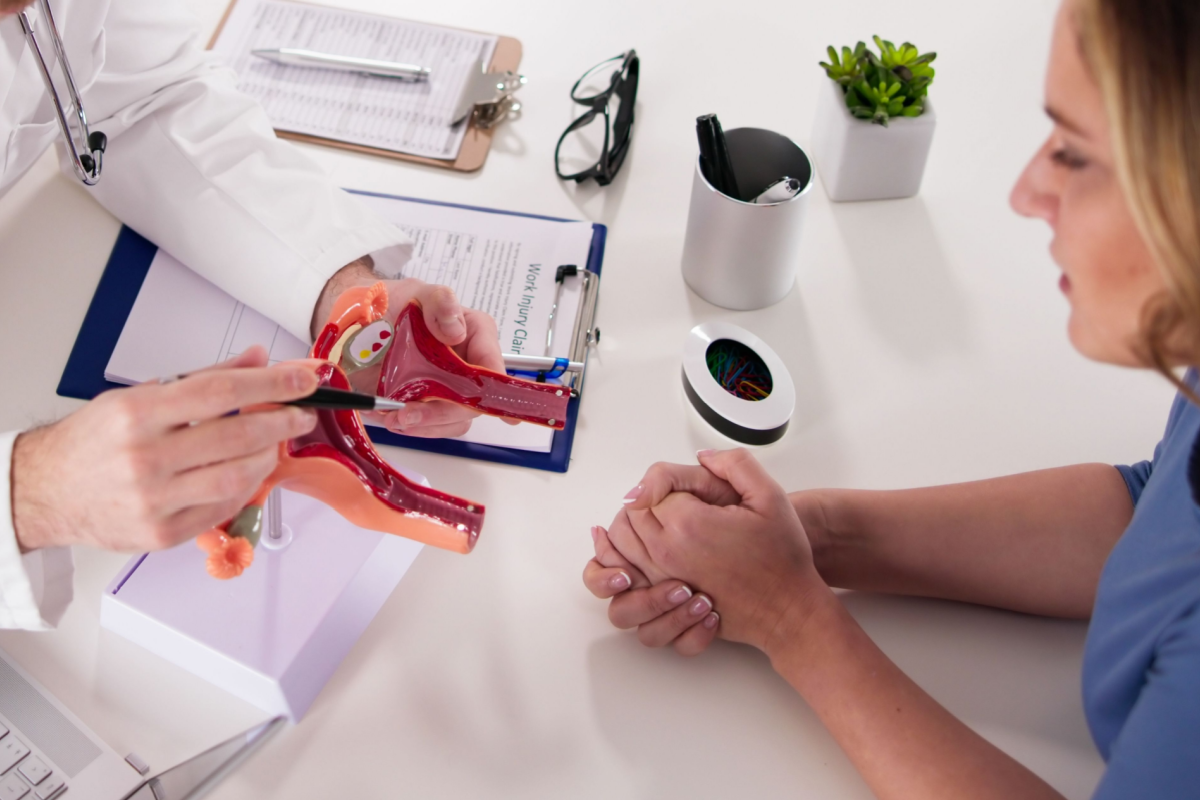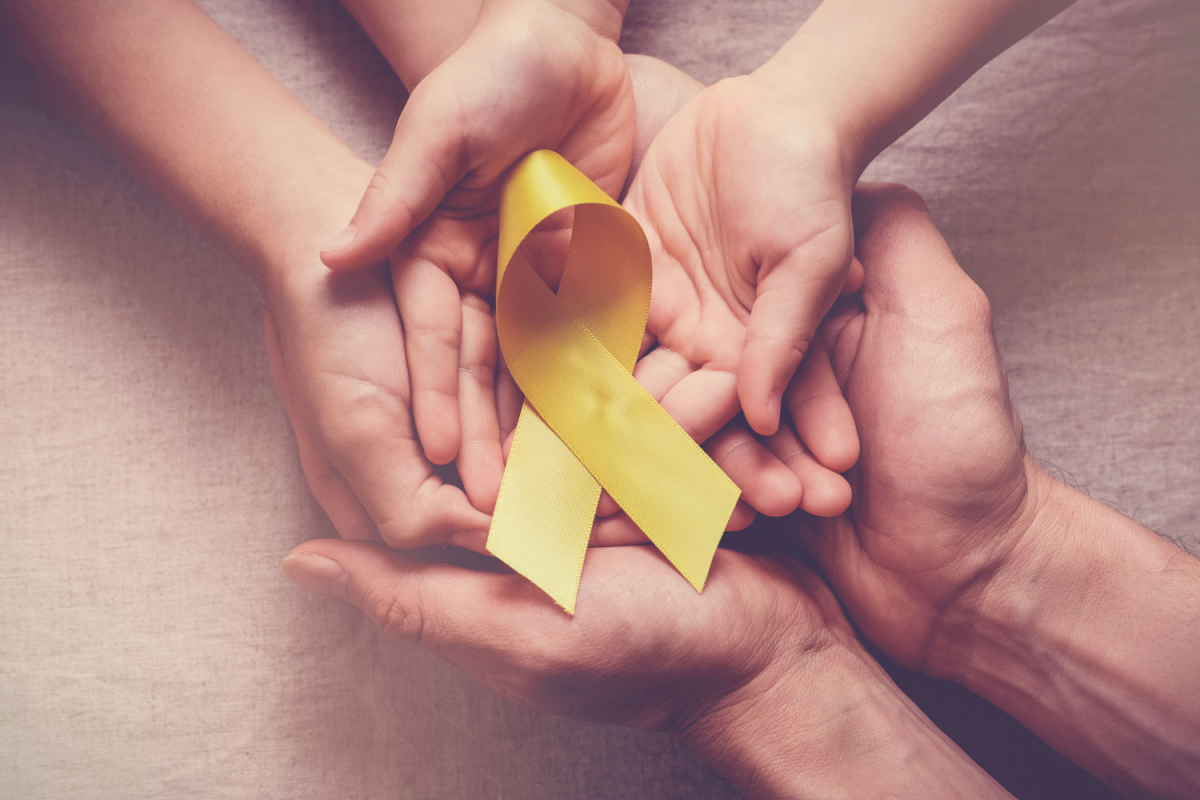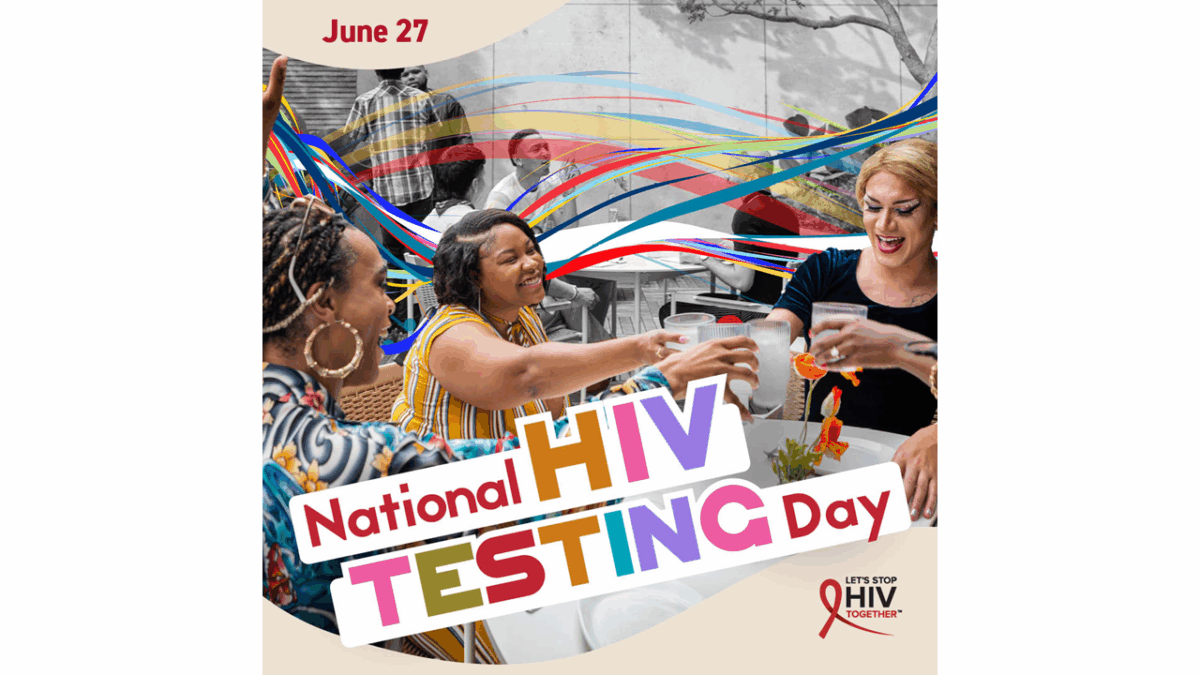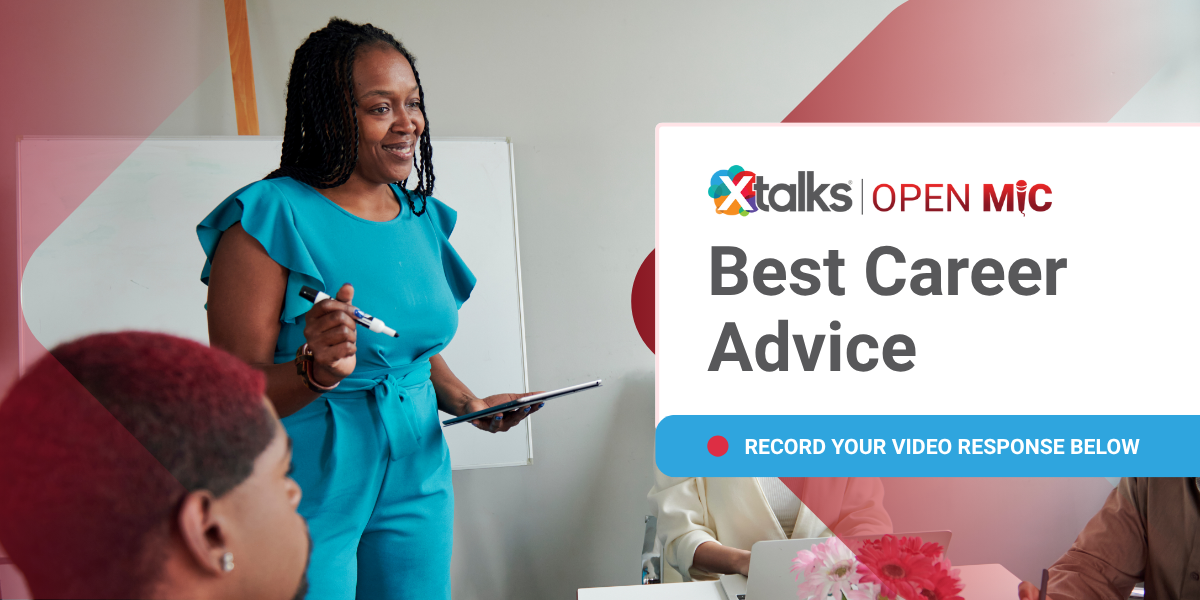Pharmacovigilance is an essential and dynamic clinical discipline that holds tremendous importance in supporting public health. Pharmacovigilance activities ensure optimal use of drugs, early detection of safety signals and inform updates to product labeling or regulatory status.
While most post-marketing activities are typically oriented towards marketing, sales, and commercialization of the drug, pharmacovigilance is fundamentally patient-centric, focusing on the safety and efficacy of pharmaceutical products once they reach the market. It involves the active surveillance of adverse drug reactions, drug efficacy, and overall patient safety, which may lead to changes in drug labels, guidelines, or even the withdrawal of a drug from the market.
To learn about how the pharmacovigilance space has evolved in recent years, Xtalks spoke with Raphael Elmadjian Pareschi, PharmD, MBA, Patient Safety Lead/Head of Pharmacovigilance Brazil at Roche. Dr. Pareschi shares his views on patient-centricity and AI, and makes some predictions regarding future challenges that will need to be addressed by pharmacovigilance professionals.
As a comparatively new discipline in the life sciences, leaders like Raphael Pareschi must ensure that they’re consistently engaged with the global pharmacovigilance community to maintain patient access to safe drugs. To support this effort, Xtalks has established the Pharmacovigilance Peer Circle — a working group of senior-level professionals in this area — for which Raphael Pareschi will be the chairperson. Click here to get information on how you can join this interactive and exclusive series of meetings.
Can you start by telling me about your background in post-marketing and pharmacovigilance?
Raphael Pareschi: I started my career in the pharmaceutical industry 16 years ago, transitioning from a background in pharmacy and biochemistry. At that time, it was before a major regulatory modernization in Brazil that established rules and requirements for Good Pharmacovigilance Practices (GVP).
Pharmacovigilance is a relatively recent activity in some parts of the world, so like any science-based endeavor, it requires time to evolve.
This regulatory revision paved the way for the development of more robust drug safety regulation, including the Pharmacovigilance System, which eventually became an International Council for Harmonisation (ICH) standard regulation after undergoing review a few years ago.
How has this field (and your role within it) changed in your 15+ years of experience?
Raphael Pareschi: Pharmacovigilance is a relatively recent activity in some parts of the world, so like any science-based endeavor, it requires time to evolve. Stemming from the thalidomide tragedy, drug safety initially focused on capturing safety information to analyze and detect previously unidentified risks.
However, with the growing complexity and specific targets, pharmacovigilance has also focused on what we know or where have uncertainties, shifting from a primarily reactive approach to a more proactive one. While retaining its core mission of identifying new risks, it also emphasizes effective communication and assistance to healthcare professionals (HCPs) and patients in managing their treatments.
XTALKS PEER CIRCLE: Pharmacovigilance Peer Circle
Members of this Peer Circle will gain access to other pharmacovigilance leaders and form a mini think tank to help solve pressing issues that they are facing in post-marketing drug safety activities.
The focus on patient-centricity has had a big impact on the clinical trials space. How is this shift affecting your post-marketing work?
Raphael Pareschi: The COVID-19 pandemic has highlighted the need for improved health communication. The abundance of misinformation and unreliable sources, combined with the emergence of new digital platforms, has placed additional pressure on us to enhance inclusivity in our risk management activities.
With the publication of The Council for International Organizations of Medical Sciences Working Group (CIOMS WG) XI, several examples are being implemented in the post-marketing environment. These include working closely with patients to enhance communication and ensure a clear understanding of the messages conveyed. Furthermore, patients are encouraged to actively participate and influence the industry to address their health burdens, being even more involved.
What are some of the future challenges you see in the approval of novel treatments, including cell and gene therapies?
Raphael Pareschi: As the targets become more specific, there will be increased pressure on the classic pivotal studies — particularly the gold-standard Phase III clinical trials — to measure efficacy and safety. Additionally, there may be some reluctance in adopting new platforms due to safety concerns, especially in the long term. In addition, the safety dataset and monitoring of the patients for longer periods may pose some challenges to drug safety.
What impact do you think AI will have on the pharmacovigilance sector?
Raphael Pareschi: When I started in pharmacovigilance, technology was still in its early stages, with limited interconnection between databases. The pharmaceutical sector was gradually embracing the internet, replacing the traditional paper-based approach. Due to strict regulations and a general tendency towards conservatism, the industry typically takes time to adopt new technologies.
I strongly believe that AI, particularly for handling large volumes of data, will play a crucial role in assisting both the industry and regulators in managing data more efficiently.
I strongly believe that AI, particularly for handling large volumes of data, will play a crucial role in assisting both the industry and regulators in managing data more efficiently. This technological support will ultimately improve response time for communicating risks and addressing public health crises, always being cautious about transparency of the algorithm and removing eventual biases. However, to truly achieve an effective and proactive pharmacovigilance approach, we must also rely on human capabilities, such as connection, innovation, and empathy. After all, at the end of the day, we are dealing with people.
Anything else you’d like to add?
Raphael Pareschi: The healthcare system is under even more pressure than ever, with increasingly higher human and financial costs. I believe that this industry is a key player in the healthcare ecosystem to help manage risks, being an active stakeholder in promoting health and supporting patients for a better quality of life. Managing patient burden in an effective way will benefit not only the healthcare system itself, but society as well.
Are you a senior-level pharmacovigilance professional looking to find collaborative solutions to the industry’s toughest problems? Click here to learn about how you can network with Dr. Pareschi and other pharmacovigilance leaders in our Xtalks Pharmacovigilance Peer Circle.












Join or login to leave a comment
JOIN LOGIN